
Customization and Flexibility in Modern Temperature Sensors
In today’s rapidly evolving technological landscape, the demand for precise and reliable temperature measurement devices is ever-growing.

In today’s rapidly evolving technological landscape, the demand for precise and reliable temperature measurement devices is ever-growing.
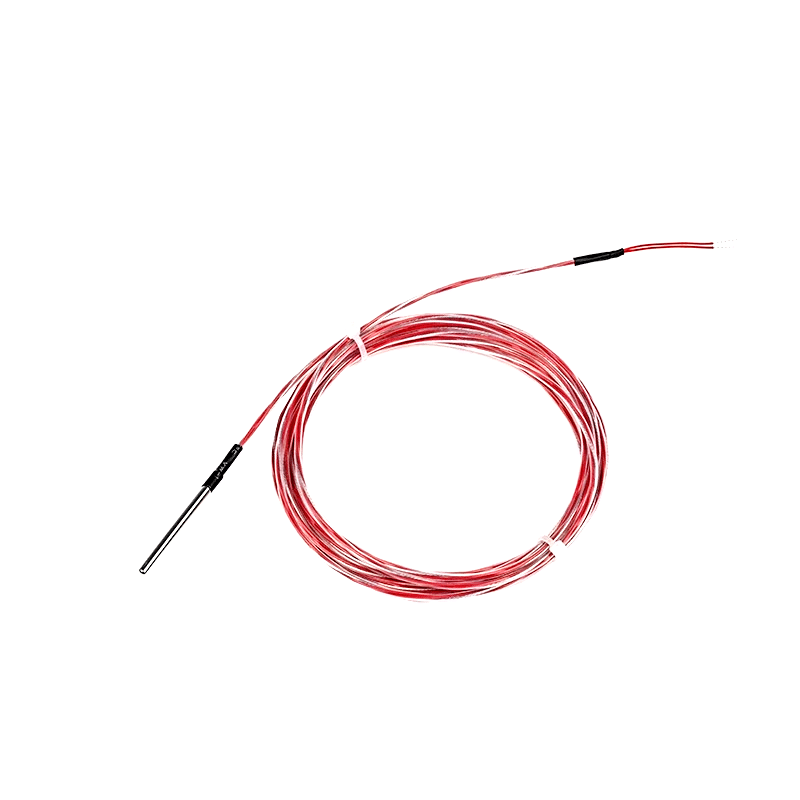
In the ever-evolving landscape of temperature sensor technology, the Y60 series 2 Wire 3 Wire RTD Platinum Resistance Temperature Sensor from Starlightsensors stands out as a beacon of innovation.

In the rapidly evolving world of energy solutions, temperature sensors play a crucial role in ensuring efficiency and safety. These sophisticated devices are integral to the functionality of various systems, from electric vehicle motors to battery aging equipment. As the demand for precision and reliability in temperature measurement grows, temperature sensors manufacturers are increasingly focusing on innovation to meet these needs. The Y60 series by Starlightsensors exemplifies the advancements in this field, offering high-temperature measurement precision and adaptability for new energy applications. By understanding the impact and benefits of these sensors, industries can harness their full potential to drive progress and

In the realm of new energy applications, precision and reliability are paramount.
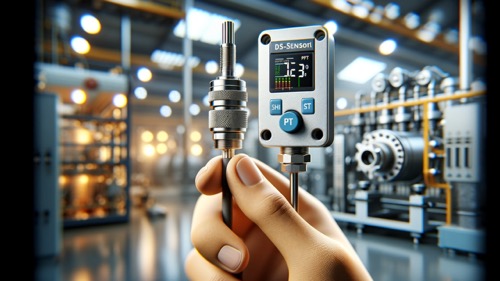
In today’s world, electrical parts are everywhere, powering everything from everyday household gadgets to complex industrial machinery. Whether we realize it or not, electrical components make the world go round. The electrical parts manufacturing business has become an indispensable pillar of the modern economy, serving industries ranging from consumer electronics to renewable energy, automotive, and beyond. But how did this business become so important, and why is it booming today? Let’s take a closer look. The Role of Electrical Parts in Modern Society Electrical parts include a vast range of components such as wires, resistors, capacitors, circuit boards, transformers, connectors,
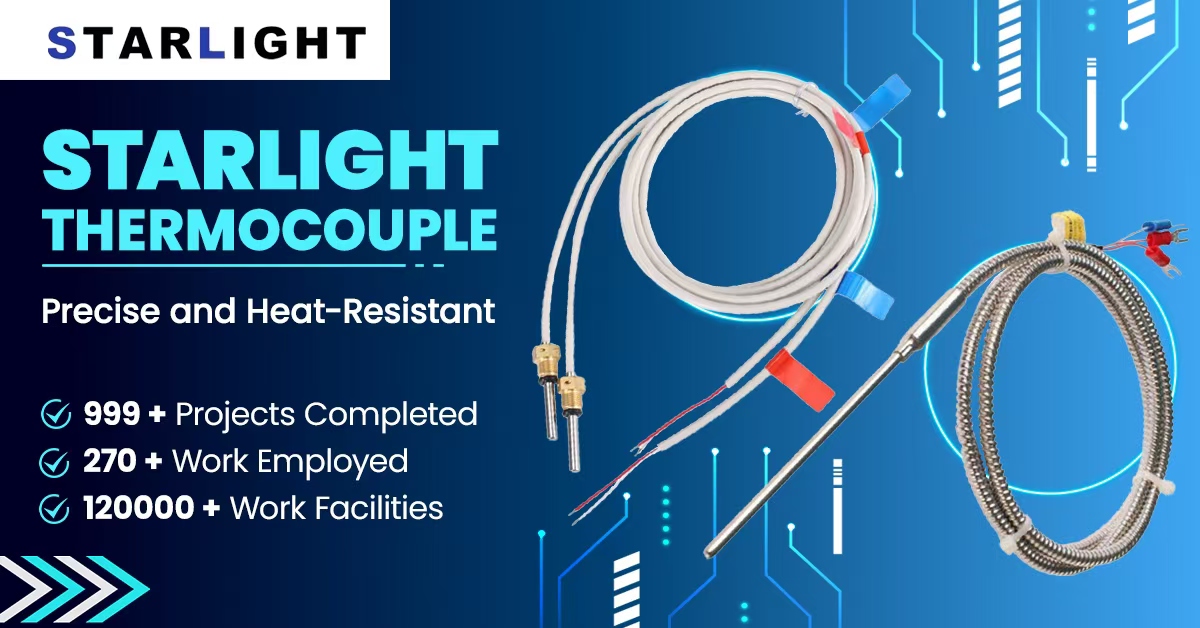
In recent years, the global heat meter market has experienced significant growth driven by rising demand for energy efficiency, expanding district heating systems, and increasingly stringent government regulations aimed at reducing carbon emissions. Heat meters, used to measure thermal energy consumption in residential, commercial, and industrial settings, are critical for optimizing energy use and ensuring accurate billing. As of May 19, 2025, Europe—particularly Nordic countries and Germany—leads in heat meter production, followed by China, with the U.S. also playing a notable role. This article explores the current state of heat meter production, highlights key regions, forecasts future trends, and introduces
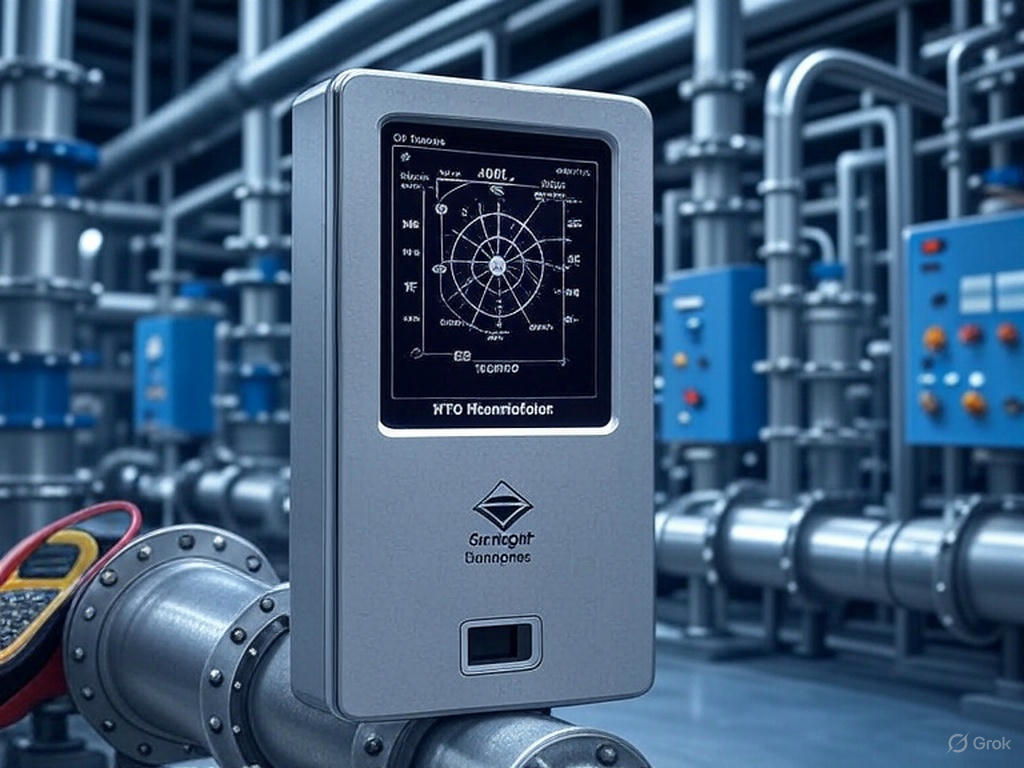
Selecting an industrial temperature sensor is a critical decision for ensuring precision, reliability, and system compatibility in applications such as HVAC, petrochemical processing, automotive testing, and industrial automation. With options ranging from NTC thermistors to thermocouples and RTDs, engineers and procurement specialists must evaluate technical specifications, environmental factors, and integration requirements. This technical guide from Starlight Sensors outlines key considerations for choosing an industrial temperature sensor, providing actionable insights to optimize performance in demanding environments. Why Sensor Selection Impacts Industrial Performance Industrial temperature sensors are the backbone of process control, providing real-time data for monitoring and regulation. An unsuitable sensor
In modern HVAC systems, temperature sensors play a critical role in ensuring energy efficiency, performance stability, and user comfort. Among them, NTC (Negative Temperature Coefficient) thermistors are the most widely adopted due to their high sensitivity and cost-effectiveness. This article explores the common types of NTC temperature sensors used in indoor and outdoor air conditioning units, the underlying manufacturing processes, and how to address common failure modes to ensure long-term reliability. 🔧 Common Types of NTC Temperature Sensors In air conditioners, NTC sensors are typically categorized based on their application environment: Indoor Sensors: Operate in relatively stable environments and are
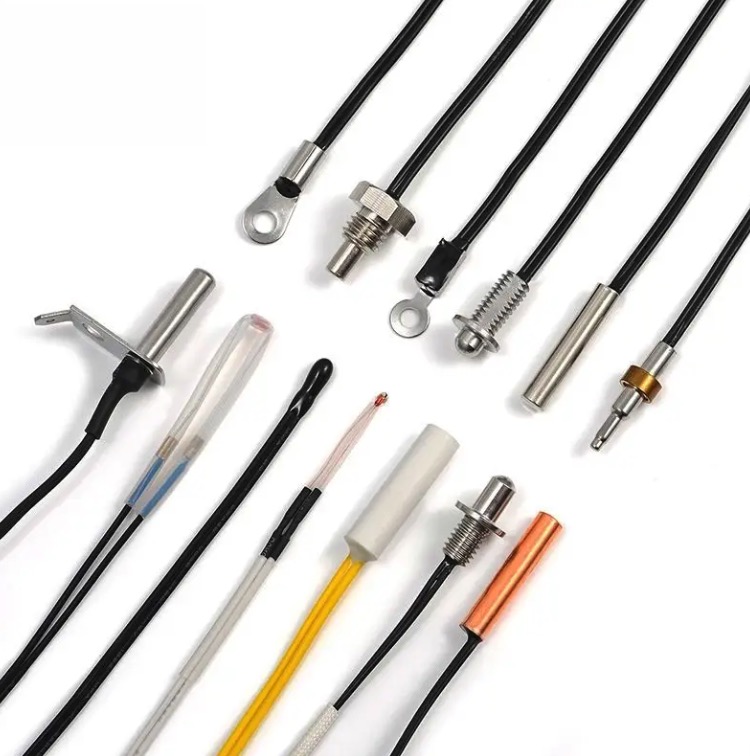
Thermocouples are indispensable tools in temperature measurement, renowned for their versatility and durability across a vast range of applications—from everyday kitchen appliances to the intense environments of industrial kilns. This article delves into the various types of thermocouples, their specific applications, and how manufacturers like Starlight, a leading Chinese producer, are innovating to meet diverse industry needs. Understanding Thermocouples A thermocouple consists of two dissimilar metal wires joined at one end, known as the sensing junction. When this junction experiences a change in temperature, it generates a voltage that can be interpreted to determine the temperature. This simple yet effective
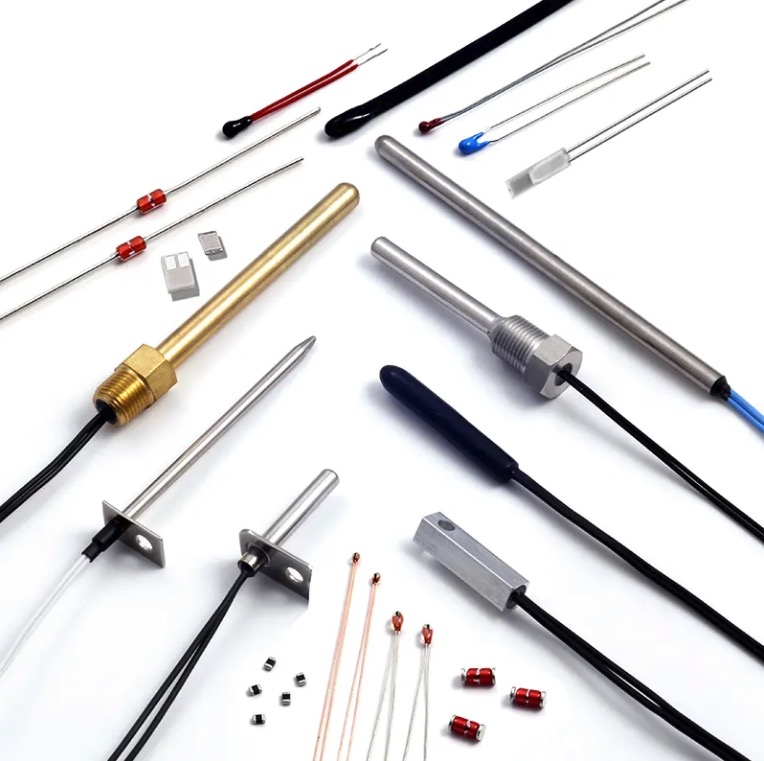
Thermocouples are indispensable tools in temperature measurement, renowned for their versatility and durability across a vast range of applications—from everyday kitchen appliances to the intense environments of industrial kilns. This article delves into the various types of thermocouples, their specific applications, and how manufacturers like Starlight, a leading Chinese producer, are innovating to meet diverse industry needs. Understanding Thermocouples A thermocouple consists of two dissimilar metal wires joined at one end, known as the sensing junction. When this junction experiences a change in temperature, it generates a voltage that can be interpreted to determine the temperature. This simple yet effective
© Copyright 2024 – Starlightsensors